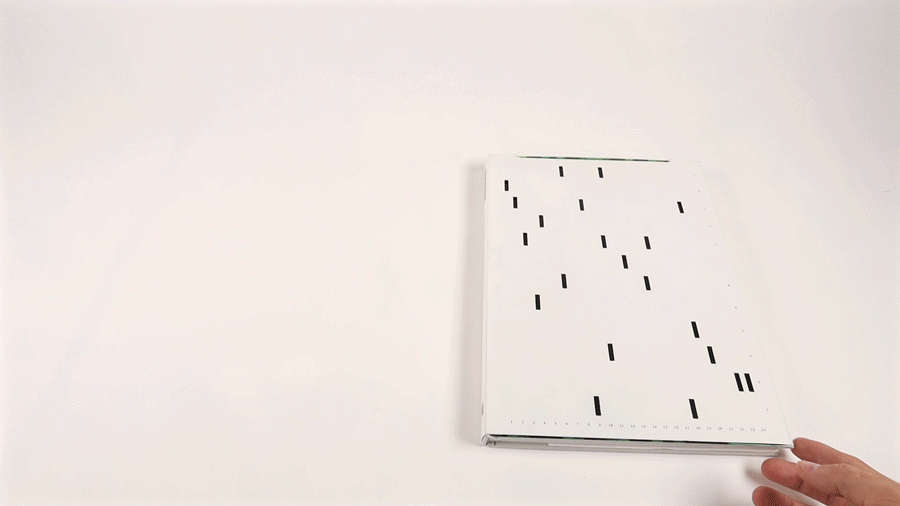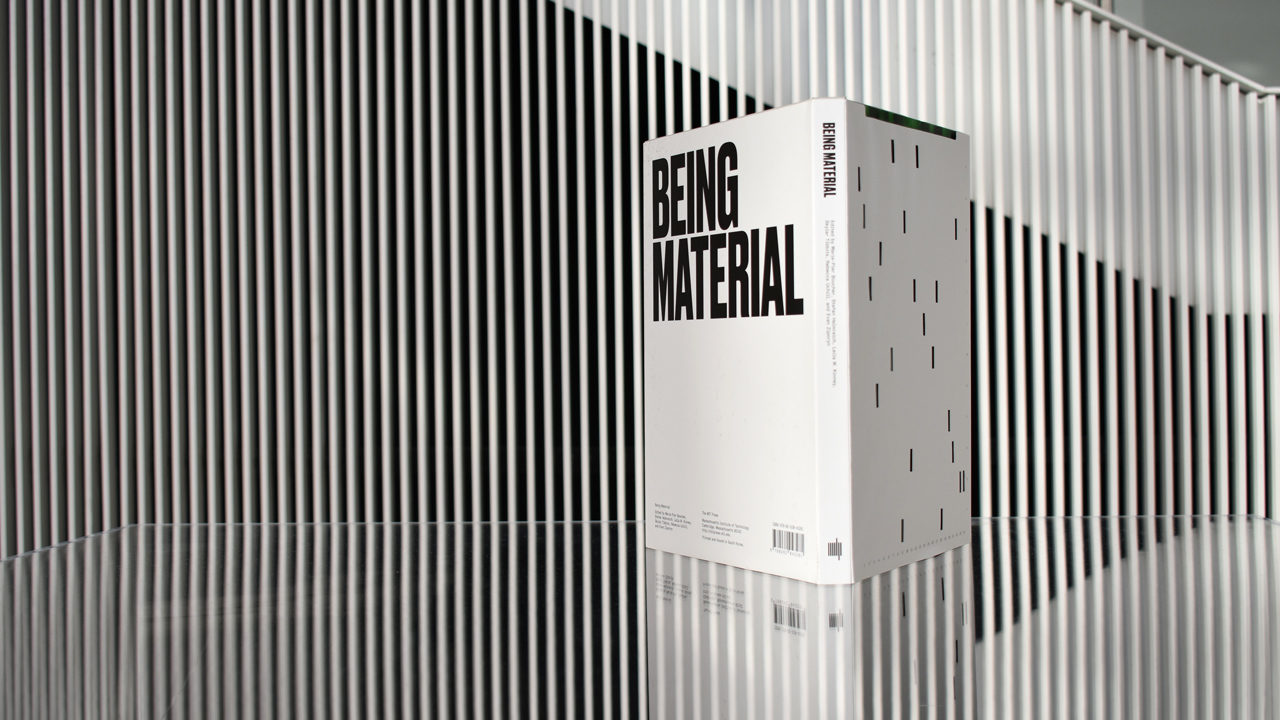By Marie-Pier Boucher, Stefan Helmreich, Leila W. Kinney, Skylar Tibbits, Rebecca Uchill, and Evan Ziporyn
The following excerpt is from the publication Being Material (2019 MIT Press).
At the intersection of art, science, and technology, the book Being Material explores the worlds of materialities and materialisms today: the unexpected convergences in the practices of artists, designers, engineers, and scientists who work with programmable matter, self-assembling structures, 3D/4D printing, wearable technologies, and bio-inspired design. The editors and contributors seek to extend our understanding of how material dynamics limit, expand, transform, and/or vivify biological, social, and political lives.
Being Digital is Entrenched in Being Material
In the current historical moment, when machine learning reshapes human agency, when wearable and portable devices with digital capacities reorder our daily activities, when biotechnology modifies reproduction, when algorithms encode social possibilities and inequalities, and when extractive industries disrupt land claims and environments, we need to understand how processes that may seem immaterial in character function within, and even rearrange, the material conditions of production, distribution, communication, and circulation. For example, think of how the efficiency of “mining” for Bitcoin, an aspirational form of digital cash, depends on the cost of the electricity that powers the computers needed to do such mining—a fact that has made Iceland, with its inexpensive geothermal and hydroelectric power, an attractive site for Bitcoin calculation and extraction.
These convergences at the intersections of labor, environmental impact, and capital might be understood as emblematic of how, in our time, the activity of being digital is entrenched in its conditions of being material.

Sparked by a Symposium
In the texts and artifacts gathered in Being Material, we offer an account of how the digital and the material are together brokering new scientific, physical, social, and political forms. Many of its contributions originated in a symposium that MIT’s Center for Art, Science & Technology hosted in Spring of 2017—a symposium that saw artists, scientists, and humanists in conversation about how to think simultaneously about technoscientific work on active and self-assembling matter, artistic work centered on the affordances of novel media and materials, and feminist and anti-racist work in the new materialisms.
A Hybrid of Being Digital-Material
This collection grapples with the material forces that create the objects of such assemblages as the internet of things as well as those other material-digital devices around us every day. That grappling begins with the form of the book Being Material. When we puzzled over how to present this volume, we thought at first that we might create an e-book, or an app, or supply a companion USB stick, or salt the text with QR codes, or even print a circuit on the jacket. How best, we asked ourselves, to bring the tangibility of paper together with the possibilities of the digital?
Our answer starts with the cover and interior pages of this book, designed by E Roon Kang, Skylar Tibbits, electronics/interaction/product designer Marcelo Coelho, and graduate student Lukas Debiasi. If you open the book’s companion website—beingmaterial.mit.edu—on any camera-enabled phone, laptop, or desktop computer, and then point the camera toward the first page of each author’s section, you will unlock films, music, images, and other dynamic content that complement and extend the book’s physical pages.
Machine learning and computer vision enable communication with the website through the unique visual arrangements of images and text on each page throughout the book. The camera recognizes the graphic pattern of the printed page and then orchestrates digital content that can be played and controlled. The content can be as simple as a soundtrack that plays as you read through the book, videos that extend the written text, or a variety of other digital elements.
We think this book offers something unique: a way of employing graphic design, printed ink, machine learning, and computer vision to create a book that is a hybrid of being digital-material.
In order to organize this compilation, at once a compendium of artistic research, a digitally activated object, and a compilation of scholarship across the arts, humanities, and sciences, we explore five different modes of being material—thinking through being programmable, wearable, livable, invisible, and audible. The book is ordered under these headings, though readers will find much cross-talk among the various entries. Each section also contains a short text by Tom Özden-Schilling, an MIT alumnus, who adds snapshots of the history of MIT’s Materials Science and Engineering department in order to amplify the themes that structure this book and to give them a particularly MIT address.
The contributions in this book take a range of formats—research reports, demos, manifestos, philosophical essays, artist portfolios, and more—exampling the many ways of being material that we hope this book chronicles and advances.

